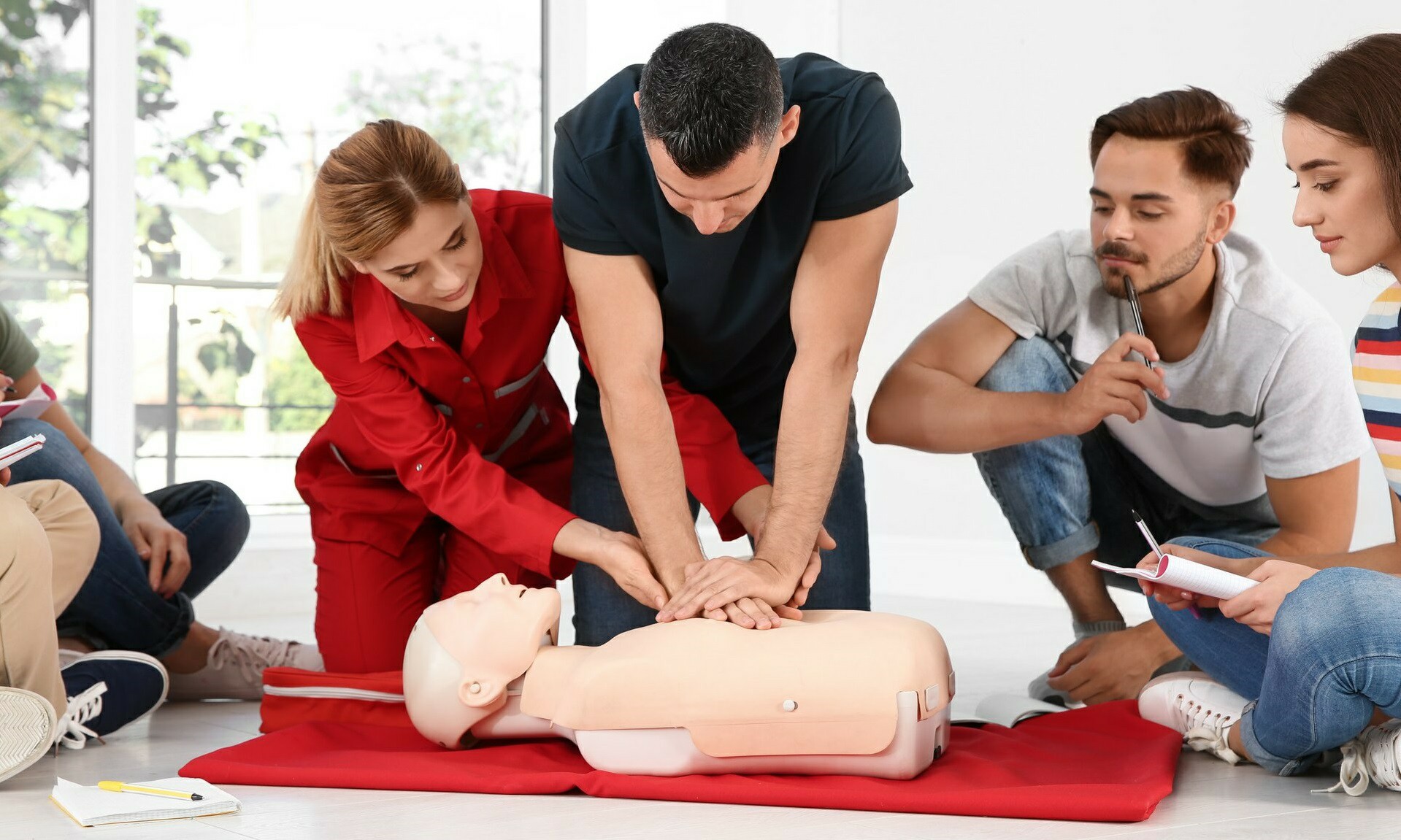Boost Workplace Preparedness with Crucial First Aid & CPR Training
In today’s fast-paced work environment, workplace safety is a top concern for business owners, human resources managers, and safety officers alike. One of the most effective ways to mitigate potential risks and ensure a safe working atmosphere is by investing in comprehensive First Aid and CPR training. This post delves into the critical importance of First Aid courses in reducing workplace injuries, saving lives during emergencies, and ensuring compliance with health and safety regulations.
Understanding the Importance of First Aid Training
Accidents can occur unexpectedly, making it essential for employees to be prepared to respond effectively. Obtaining First Aid certification is not just about having a qualification; it empowers individuals with the skills necessary to evaluate, respond, and manage emergencies efficiently. Here are several reasons why First Aid training is indispensable:
- Reduce Workplace Injuries: By providing training in emergency medical response and injury prevention, employees can quickly address minor injuries before they escalate into more severe conditions.
- Save Lives: Knowing critical CPR techniques and first aid procedures can be the difference between life and death during emergencies.
- Compliance with Regulations: Employers need to adhere to workplace health and safety regulations, and training courses ensure compliance, protecting both employees and businesses.
Essential Emergency Response Skills
First Aid Response training equips employees with essential emergency skills that can be life-saving in critical situations:
- Basic First Aid Skills: This includes how to treat cuts, burns, and sprains, ensuring that employees can provide immediate care.
- CPR & First Aid: Skills in CPR can revive individuals experiencing a cardiac event, emphasizing the need for employees to master these techniques.
- Understanding Workplace Emergency Procedures: Training ensures everyone knows what to do in case of a fire, a natural disaster, or other emergencies.
The Lifesaving Potential of CPR Certification
Even in a seemingly calm work environment, emergencies can arise suddenly. CPR certification arms employees with the knowledge to react promptly in crisis situations. Basic CPR involves:
- Recognizing when someone requires CPR.
- Delivering effective chest compressions and rescue breaths.
- Utilizing an Automated External Defibrillator (AED) when necessary.
By incorporating emergency response training into your workplace, you ensure that employees can provide prompt assistance while awaiting professional medical help.
How First Aid Certification Benefits Everyone
The advantages of offering First Aid courses extend far beyond regulatory compliance. Here are some key benefits:
- Increased Employee Confidence: Being trained in first aid boosts employees' confidence in their ability to handle emergencies.
- Enhanced Workplace Culture: Investing in the safety and preparedness of employees cultivates a positive workplace environment.
- Potential Reduced Liability Costs: Proper training reduces the risk of negligence and potential lawsuits, saving businesses money in the long run.
Emergency Medical Procedures: Quick Response Steps
Having established emergency protocols is critical for the safety of all employees. Some key aspects include:
- Immediate Response: Employees trained in first aid know how to respond immediately, recognizing the urgency of the situation.
- Clear Communication: Training facilitates effective communication, ensuring that medical help is called without delay.
- Follow-Up Procedures: Additionally, trained individuals know how to monitor the condition of the injured until professional emergency services arrive.
Selecting the Right First Aid Course
With various options available for First Aid training for employees, it’s crucial to choose the right course to meet your organization’s specific needs. Here are options to consider:
- In-Person Training: Hands-on training with an instructor can provide practical experience and immediate feedback.
- Online First Aid Courses: These offer flexibility, accommodating employees with busy schedules and allowing them to learn at their own pace.
- Comprehensive Emergency First Aid Training: This should cover a broad range of topics, including basic first aid skills and CPR techniques.
Conclusion: Act Now to Ensure Workplace Safety
Enhancing workplace safety through First Aid and CPR training is not just a regulatory obligation; it is a commitment to the well-being of every employee. With adequate training, companies can foster a safer environment, improve employee readiness, and adhere to health and safety standards. Don’t wait for an emergency to prioritize safety—enroll in our First Aid training courses today and empower your workforce!
For further inquiries about our training programs, reach out to us at [email protected].



 349,500 Offered Certificates
349,500 Offered Certificates
 24/7 Online Training
24/7 Online Training
 Money Back Guarantee
Money Back Guarantee
 Fully Accredited Courses
Fully Accredited Courses
